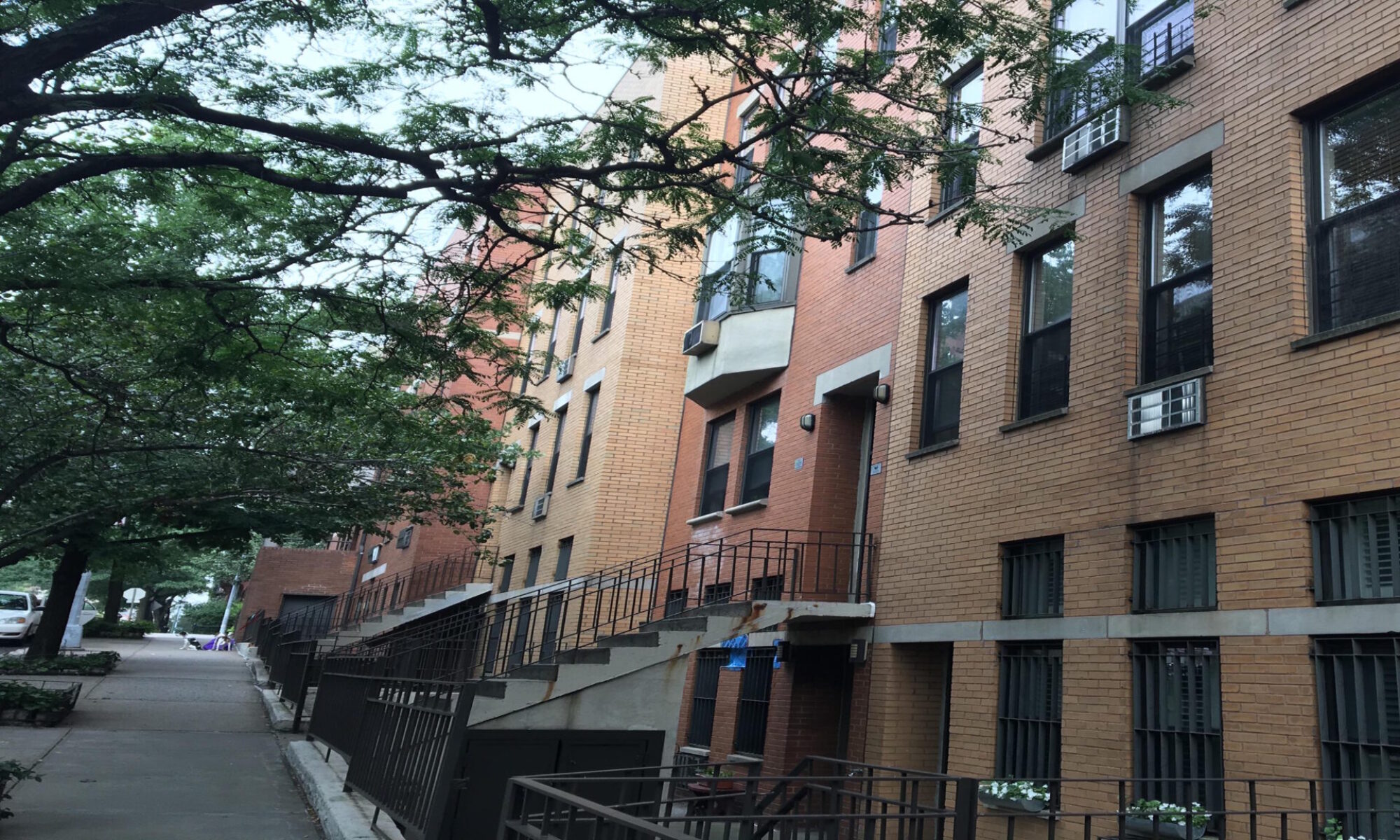Incentive and Inclusionary Zoning: Inflationary, Infeasible, and Illegal
What is incentive zoning?
Incentive zoning is an idea that first emerged in Chicago in 1957 to when planners tried “to lessen the rigidity of Euclidean zoning.[1] The idea is to allow increased development capacity – density or additional height, bulk, and scale – in exchange for creating benefits for the public. The idea is based on value exchange, the notion that a local government is giving a private developer something of value – in this case additional development capacity – and in exchange for that value, the private developer will give the city something of value back like parks, public access, or rent restricted housing.
What is inclusionary zoning?
Inclusionary zoning is built on the same principle of value exchange except that it requires that new housing developments include rent-restricted units in the project. Most inclusionary zoning schemes have an option for a fee instead of performance; if a developer does not want to include units in the building, she can pay a fee per square foot for additional development capacity. In cities like Seattle, however, the mandate goes further, requiring that developers pay a fee for every square foot of development to avoid inclusion of rent restricted units. The money collected pays for subsidized housing.
What’s wrong with this kind of zoning?
False premise: More housing supply, means higher prices.
The premise of inclusionary zoning is that new housing “has a deleterious impact by increasing employment, which also increases the demand for housing for the added employees.[2]” New housing actually increases the price of housing which means cities have to fund more subsidies. This premise runs counter to the basic assumption that more housing to meet or exceed demand would actually reduce its price.
Fees can make projects infeasible
Initially, many projects can’t raise rents enough to pay the fees, rendering the project infeasible. This creates more scarcity in the market, which pushes up rents.
Fees are rationalized with higher rents
Any new costs – like per square foot fees to pay for subsidized housing – can only be paid with higher consumer costs. When rents get high enough, then consumers end paying for them with higher rents.
Forced sale of density is illegal
Mandatory inclusion or fees is an extortionary measure that violates the basic principle of the 5th Amendment to the United States Constitution that prohibits taking private property without process and compensation.[3]
You can download the one pager here.
[1] Incentive Zoning: Meeting Urban Design and Affordable Housing Objectives, Marya Morris, AICP, American Planning Association, 2000, page 3
[2] Seattle Affordable Housing Nexus Study, David Paul Rosen & Associates, September 11, 2014, page 4
[3] “Could New York City’s Mandatory Inclusionary Zoning rule be overturned?” Scott LEMIEUX, City and State New York, October 17, 2019

